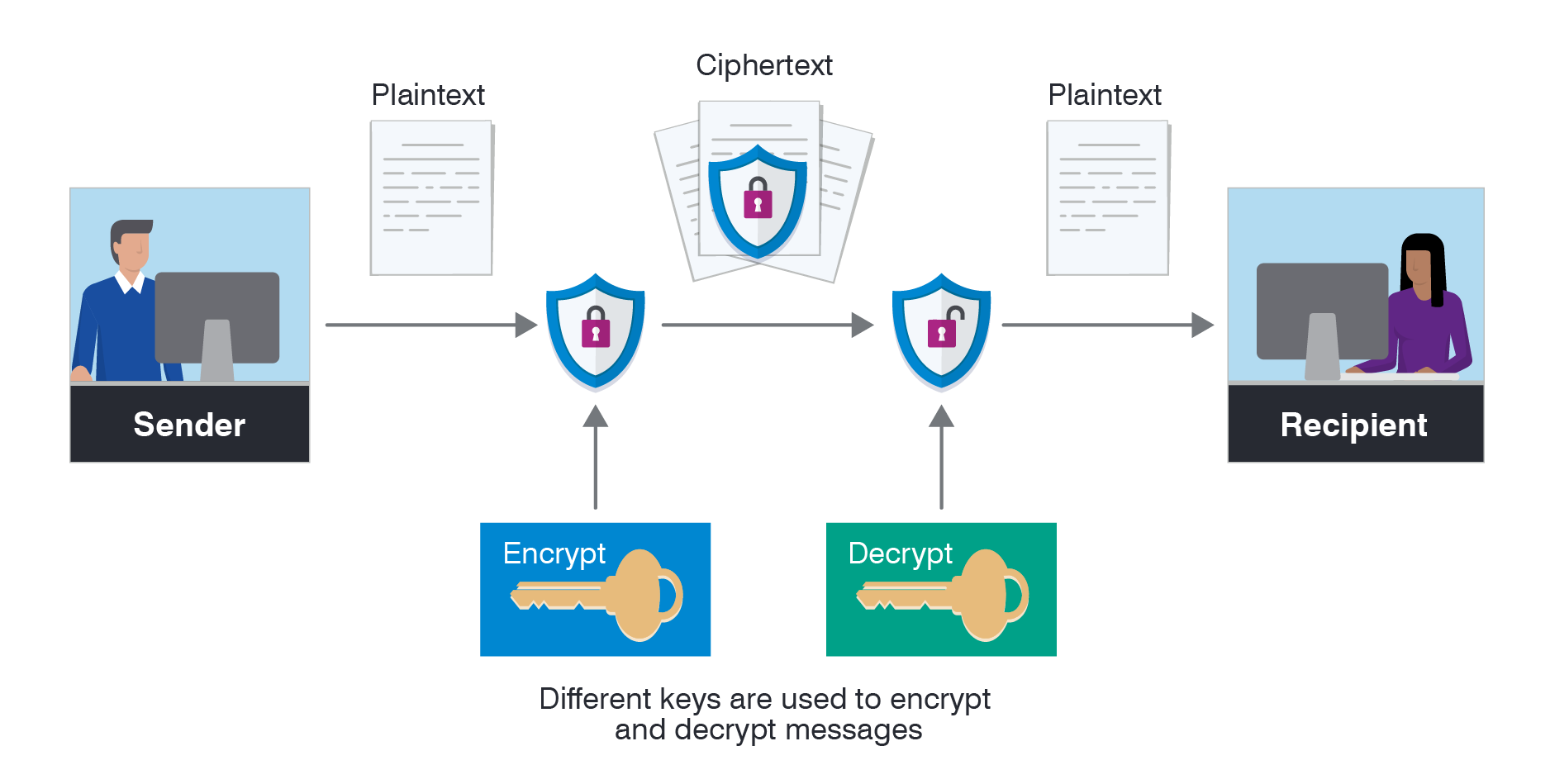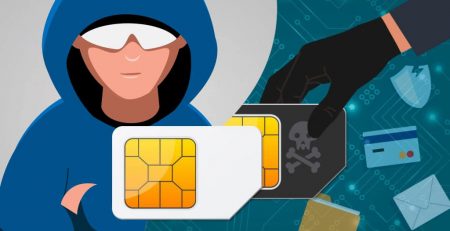Encryption algorithms and how they are used
DES (Data Encryption Algorithm)
This is a coding algorithm used by the United States. Lucrix name, given in the late 1960s group led by a researcher named Horst Feistel of IBM has developed an encryption system. In 1973, the NIST institute’s standards of the US National Institute of Standards and Technology invite companies to set a standard for civilian use. The end result is the closest solution found by LUCIFER. Lucrix works on a 128-bit encryption key with US security agency (NSA) experts have made some arrangements and download 56-bit key length. This new Data Encryption Standard (1977) has been published and included in the standard application in many areas, including in particular the financial industry in a short period of time. DES can also be used for encryption for a single user, such as data storage on a hard disk.
The DES algorithm is a symmetric cryptographic algorithm that uses secret key management. The same key is used for both encryption and decryption. Thus encryption algorithm (DES) when encrypted information is decrypted using the same key algorithm whether to run in the opposite direction. DES uses the Fiestel encryption architecture, as is the case with many symmetric encryption algorithms today. The Fiestel structure of the block to be encoded is divided into two parts and only one to be processed in each case the action of the second half of the data from the results in the next stage of this process based on the spiral structure.
DES encryption has a mythical place in conventional systems and even today, VISA, MasterCard, ICC, and so on. it forms the cryptographic backbone of all card systems. DES is designed to perform mixing and replacement operations with extreme care and systematicity. It also has an avalanche effect that makes a very big difference in the smallest change. Even a new one-bit change completely changes the result and the changes are unpredictable.
During the NSA exam, DES changed the coding algorithm (s-box) and did not explain why. But obviously the reason is that IBM researchers have discovered some secrets that have long been known to the NSA without knowing it. The NSA describes these changes in the form of numbers at the appropriate value made to increase the DES power. To create a unique random mode of DES, a company is not recommended, and these numbers are determined by itself, perhaps this may weaken the password.
These measures are due to encryption born of serious criticism and doubts in the world, allegedly the secret doors of the National Security Agency at DES site. Another criticism is that the key length is reduced to 56 bits instead of 128 bits. The reason for this is that NSA’s computing power will violate 56-bit passwords.
However, the NSA said the 56-bit length was designed to allow easy design of the DES hardware. After a period the NSA is also the result of a misunderstanding that public disclosure of the DES standard but they consider it as a system will only be realized in the hardware so they are trying to reinforce and optimize but publicly published DES behind the publication the standard you want to give regular commercial use, they are powerful encryption that they do not feel comfortable with the market.
The length of the password key determines the security of the password systems. Typically, the specific method has a life of 10 years. DES has been 22 years since 1999 and his life has been extended for several years. It is no longer safe at the organ level. The computational capacity of the security services in many Western countries has broken the DES ciphers in minutes. Additionally, amateur code breakers break the key to look for tens of thousands of PCs to spread over the Internet and get access to the results a few days later at the same time tens of thousands of working computers. The watch password is 256. This is a huge task for a computer, but tens of thousands of computers or very powerful computers can find information for a short time.
tribledes
This is a cryptographic technique created by sequential operation of a standard DES with two or three keys of 112 or 168 bits. When the key field reaches 2 or 2, there is a code that can not be solved today or in the foreseeable future. This “cryptographic” and called the most powerful technical possibilities to solve even the US is not possible.
For this reason, it is desirable to limit its use and dissemination. The United States and many Western countries are restricting exports of crypto systems that are stronger than 40 bits. 40 bits can be cleared by the US NSA for a few seconds, allowing you to listen “in real time”.













Leave a Reply